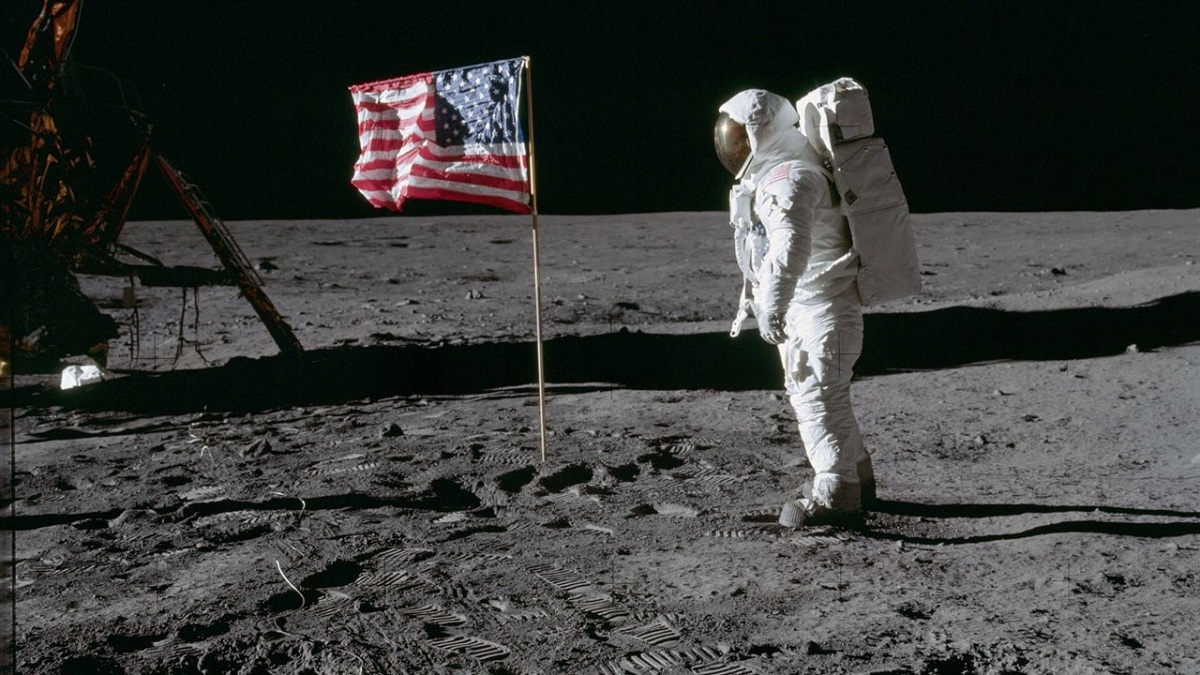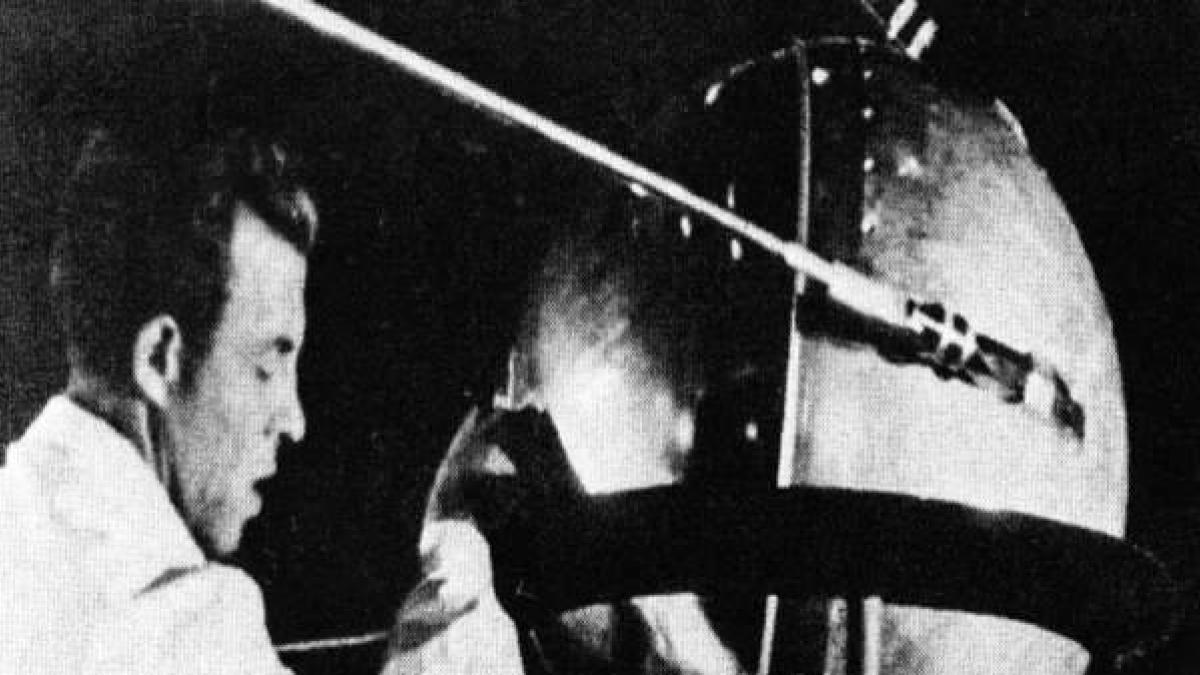
The human being has always been very ambitious. When he began to develop the technology, he had the objective of leaving our planet and being able to explore the moon and the other neighboring planets of the solar system. All this caused the beginning of the space race. More than 30.000 scientists from 66 countries in the exploration of the cosmic surroundings of our planet began the space race. The first intentions to send artificial satellites into space were declared in 1955.
In this article we are going to tell you everything you need to know about the space race and what have been the advances of the human being with respect to it.
Characteristics of the space race

With just several years after that, the Soviets accomplished the feat with Sputnik 1. In 1957 the first artificial satellite in history to reach Earth orbit. It is the first feat that would lead to the beginning of what is known as the space race. This space race in the context of the Cold War can be understood as the arms race in which the Americans and the Soviets fought for strategic control of outer space. It was necessary to achieve the power not only of our planet but of everything around it.
The competition concluded in 1975 with the docking of the Apollo-Soyuz spacecraft and it would be understood that some of the most important technological achievements ever achieved took place over more than 2 decades. And it is that this rivalry made scientists and technology advance by leaps and bounds. Let's see what are the most crucial steps and moments that took place in the space race.
The first fact we have already mentioned was the launch into space of the artificial satellite Sputnik 1 He weighed 83 kg and was about the size of a basketball. It was the first human-made satellite that could orbit our planet.
The second step in the space race was Laika, the astronaut dog. In 1957 the dog Laika became the first animal to travel to space aboard Sputnik 2. One week after launch, the dog died due to lack of oxygen. Although it was something that many considered as how he helped conduct experiments and a breakthrough in outer space knowledge.
Space race: step by step

We are going to analyze what were all the steps of the space race.
First solar-powered satellite
Although there are many people who think that solar energy is something much more modern, already in 1958 NASA put the satellite known as Vanguard 1 into orbit. first satellite launched into outer space that was powered solely by solar energy. This was a major victory for the United States in the space race. Although the minister of the Soviet Union utterly despised this satellite, his, which were considerably older, went out of orbit and burned upon their return to earth. In contrast to this, this satellite is still in orbit to this day. It is considered the oldest artificial satellite in space and it is estimated that it escapes from continuing in orbit for about 240 more years.
First communications satellite
This same year the first real goal was scored during the space race by NASA by putting the first telecommunications satellite into orbit. It was launched in a missile and thanks to that today we have the ability to communicate with space.
The next step in the space race was the first image of the far side of the moon. We know that from our planet we cannot see the far side of the moon. Here we can only see the face that is shown and it is always the same. And that is because the rotation speed of the moon on itself and the translation coincide with the fact that it always shows us the same face.
Ham the chimpanzee
Another advance that humans had during this space race is that a chimpanzee became the first hominid to travel into space. His flight only lasted 16 minutes after which he was rescued in the Atlantic Ocean with only a bruise on his nose.
Already in the year 1961 is when the first man was able to travel to space. On board Vostok 1, Yuri Alekséyevich Gagarin became the first human being to travel to outer space. Two years later Valentina Tereshkova became the first woman to travel to space on a mission that It would last for 3 days and during which it completed 48 laps around the Earth.
Little by little these scientific advances are bearing fruit. In 1965 is when the first human being was able to make a space walk, staying up to 12 minutes outside the ship.
First contact with the moon and the first moon landing
The Apollo 8 spacecraft was the first to enter the moon's orbit manned with humans. He entered the gravitational influenza from another celestial body for the first time in history. Its crew was the first to see the far side of the moon, as well as to observe the Earth from our satellite.
Years later, the mission would arrive that would take a great step forward in humanity. The arrival of man on the moon. In 1969, Armstrong and Buzz Aldrin became the first two men to land on the Moon aboard the Apollo 11 Lunar Module Eagle.
Space race: beyond the moon

The moon is no longer such a high priority target. In 1973, the first satellite that could reach the orbit of Jupiter was launched. It is known as Pioneer 10. Finally, we have the first trip to Mercury and the end of the Cold War. The trip to Mercury was made in 1974 and became the Mariner 10 probe is the first to reach the planet Mercury.
With this accomplished the great space race and ended the Cold War.